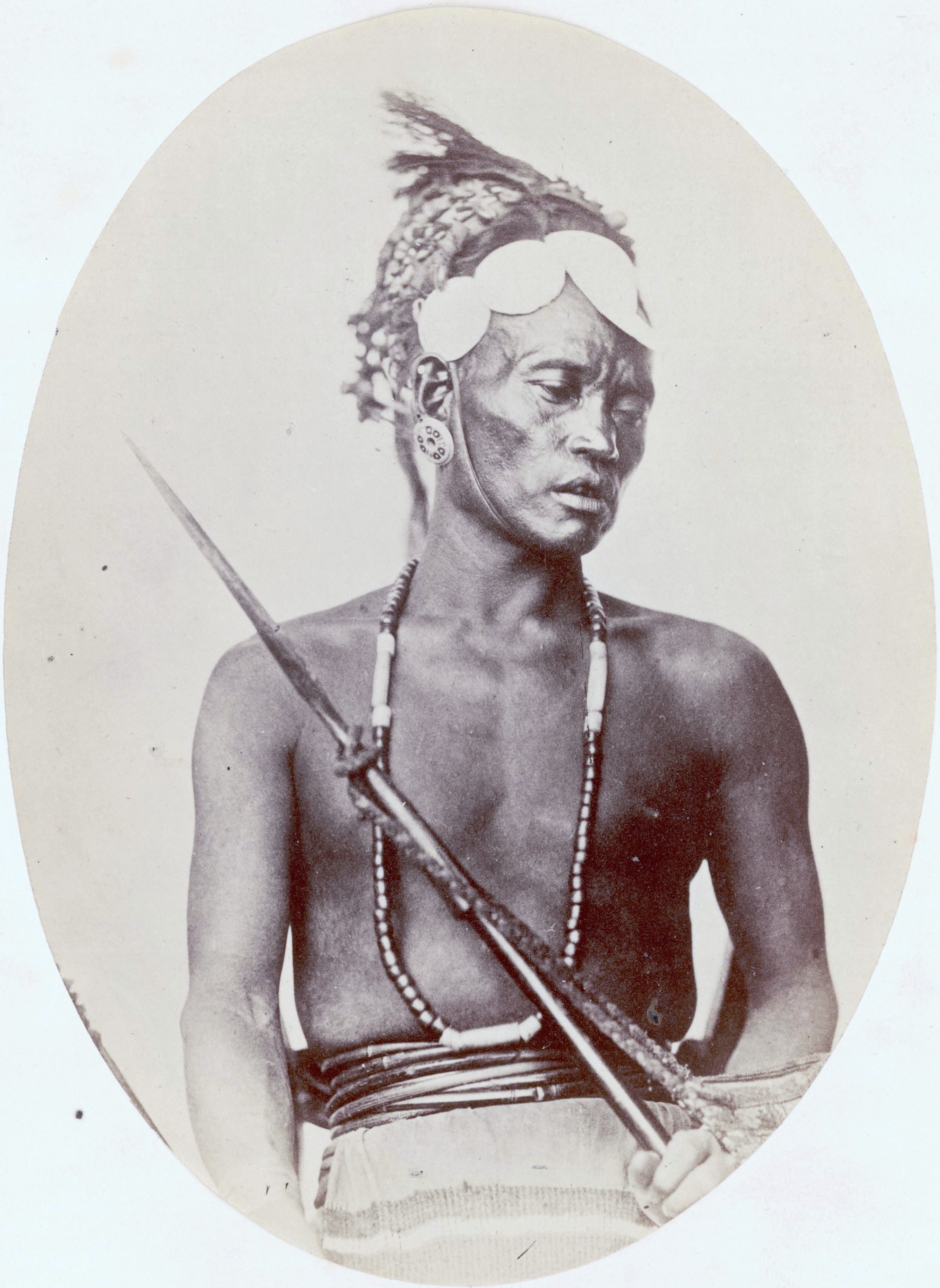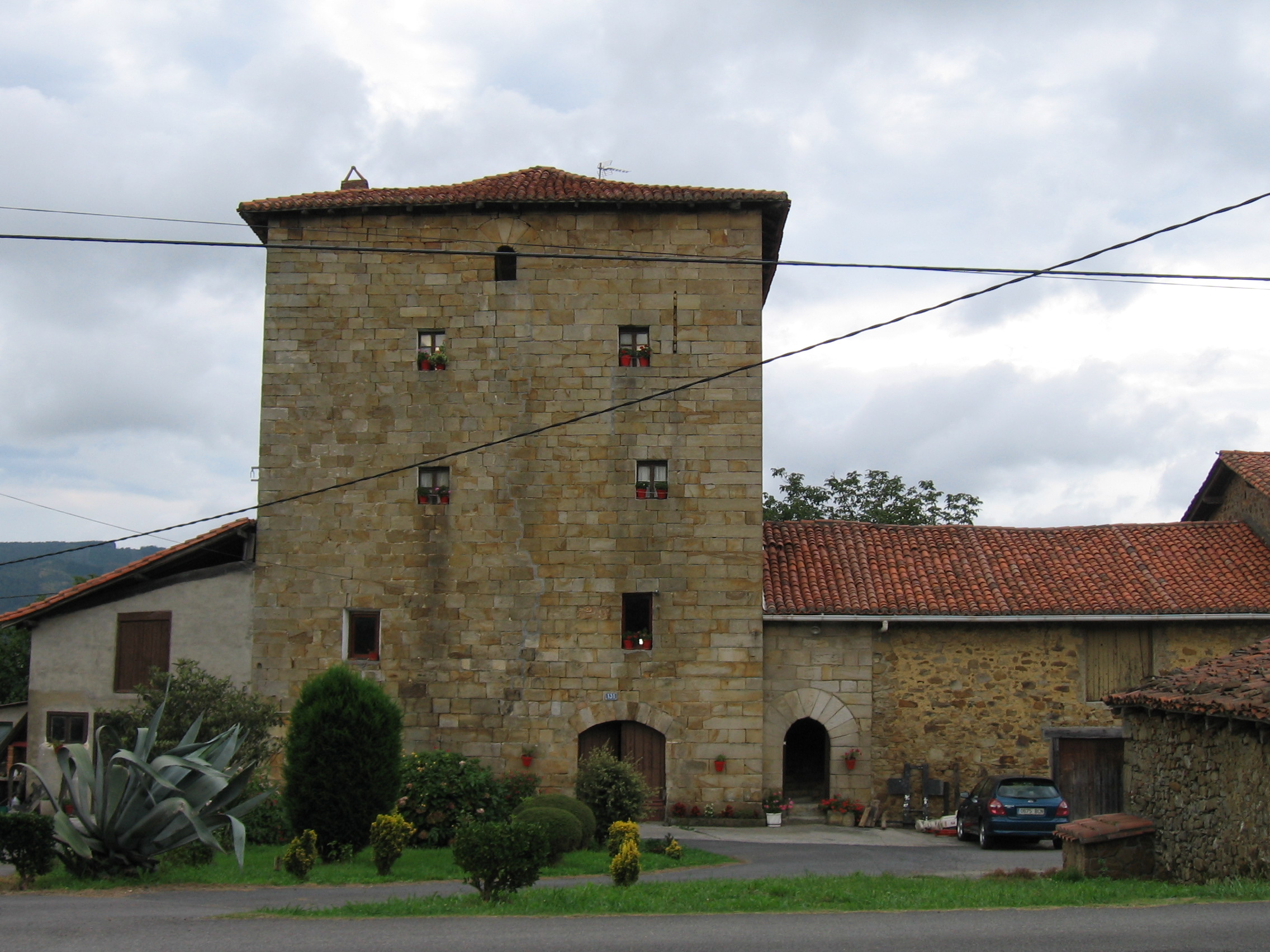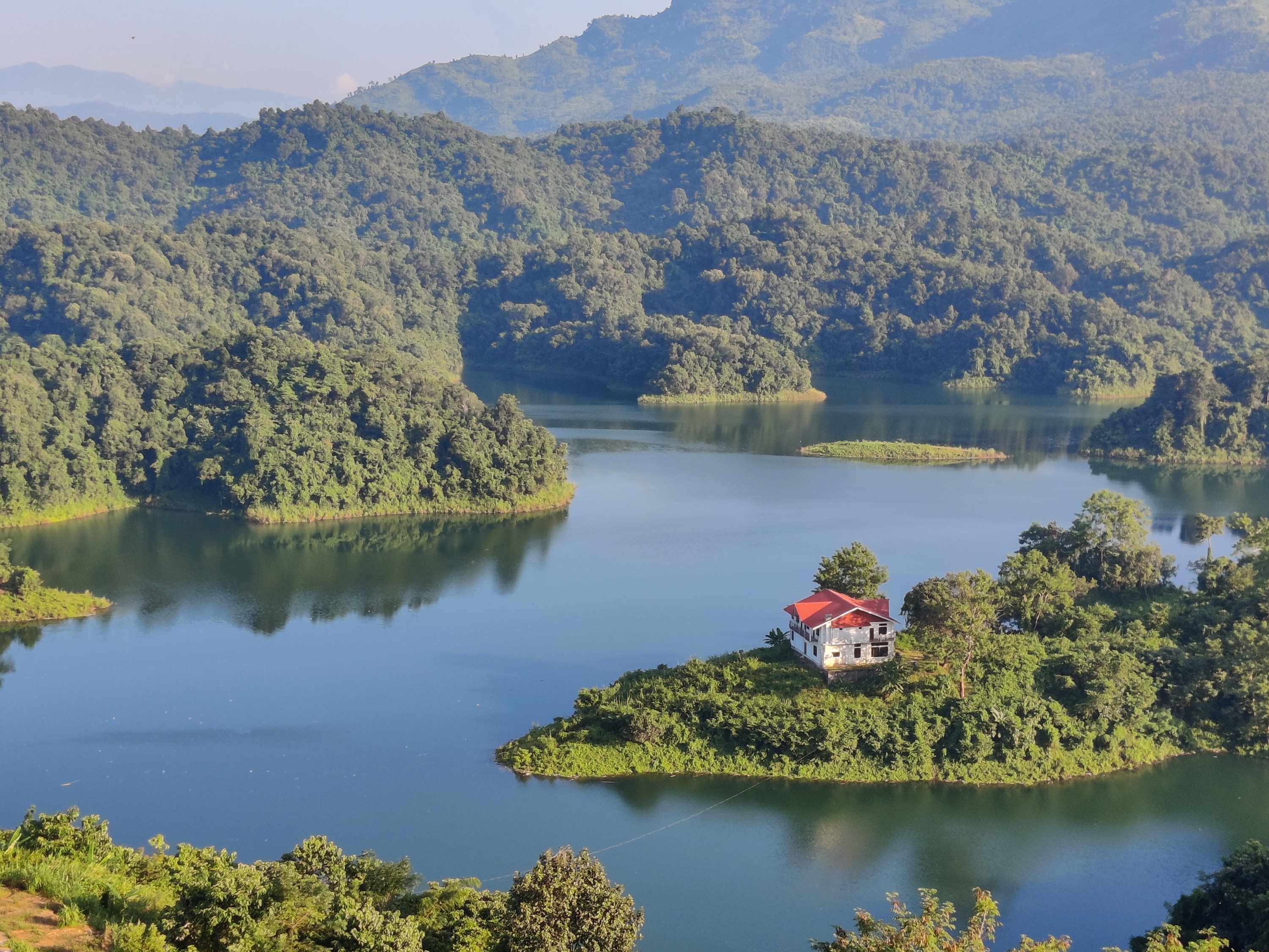|
Lothas
The Lotha Nagas, also known as Kyong, are a major Naga ethnic group native to Wokha District in the Indian state of Nagaland. Origins Scholars have presented several theories about the migration of the Lothas and the other Naga tribes, based on vocal explanations passed on from one generation to another. Migration from eastern China According to this theory mentioned by Hokishe Sema, the Lothas started moving out from the Eastern part of China, passing through Malaysia, Indonesia and Burma en route. After many long years of movement, they reached a place called '' Khezakhenoma'' located between Manipur and Chakhesang (the present-day Phek), where they settled for a short period of time. From ''Khezakhenoma'' they moved towards the present day settlement of the Lothas i.e. ''Wokha'' where they finally settled. Migration from Manchuria This theory, mentioned by T. Phillips, says that the Lothas migrated from Manchuria, passing through the foothills of the Himalayas a ... [...More Info...] [...Related Items...] OR: [Wikipedia] [Google] [Baidu] |
Nagaland
Nagaland () is a landlocked States and union territories of India, state in the northeast India, northeastern region of India. It is bordered by the Indian states of Arunachal Pradesh to the north, Assam to the west, Manipur to the south and the Sagaing Region of Myanmar to the east. Its capital city is Kohima and its largest city is Dimapur. The state has an area of with a population of 1,980,602 as per the 2011 Census of India, making it one of the smallest states in India.Census of India 2011 Govt of India Nagaland became the 16th state of India on 1 December 1963. It is home to a rich variety of natural, cultural and environmental resources. Nagaland is a mountainous state and lies between the parallels of 95 and 94 degrees east longitude and 25.2 and 27.0 degrees latitude north. ... [...More Info...] [...Related Items...] OR: [Wikipedia] [Google] [Baidu] |
Rengma People
Rengma is a Naga tribe found in Nagaland and Assam states of India. According to the 2011 Census of India, the population of Rengmas in Nagaland stands at 62,951 and the population of Rengmas in Assam is around 22,000. Tseminyü District is the headquarters of the Rengmas in Nagaland and the headquarters of the Rengmas in Assam is located at Phentsero/Karenga Village. History Like other Naga tribes, there are few written historical records of Rengmas. According to the local traditions, the Rengmas and the Lothas (or Lhotas) were once part of a single tribe. There are also oral records of a mighty struggle between the combined Rengma villages, and the Lotha village of Phiro. There are records of the Rengmas' conflict with the Angami Nagas. Slavery used to be a practice among the Rengmas, and the slaves were known by the names ''menugetenyu'' and ''itsakesa''. By the time the British arrived in the Naga region, the slavery was a declining practice, and no Rengma appears to have ... [...More Info...] [...Related Items...] OR: [Wikipedia] [Google] [Baidu] |
Naga People
Nagas are various ethnic groups native to northeastern India and northwestern Myanmar. The groups have similar cultures and traditions, and form the majority of population in the Indian states of Nagaland and Manipur and Naga Self-Administered Zone of Myanmar; with significant populations in Arunachal Pradesh and Assam in India; Sagaing Region and Kachin State in Myanmar (Burma). The Nagas are divided into various Naga ethnic groups whose numbers and population are unclear. They each speak distinct Naga languages often unintelligible to the others, but all are somehow in a way loosely connected to each other. Etymology The present day Naga people have been called by many names, like 'Noga' by Assamese, 'Hao' by Manipuri and 'Chin' by Burmese. However, over time 'Naga' became the commonly accepted nomenclature, and was also used by the British. According to the Burma Gazetteer, the term 'Naga' is of doubtful origin and is used to describe hill tribes that occupy the coun ... [...More Info...] [...Related Items...] OR: [Wikipedia] [Google] [Baidu] |
Pangti
The Pangti Village is one of the biggest village among the Lothas. Pangti Village is located in Sungro Circle of Wokha District. A 156 km north from the State Capital i.e. Kohima. According to 2011 Census, the rate of Pangti was 77.13%, whose male literacy rate stands at 84.40% and female literacy rate was 71.02%. The Pangti Village is believed to have been established sometimes in the most last part of 1100 A.D or early part of 1200 A.D, during which time, the migration had taken place all over India. The legendary establishment of the village relate back to "LUNGKHUM JUNG" Village, between Wokha Village and Koio Village when it was compeld to be dissolved/abandoned due to wild tiger. The village was established with a maximum of 12 clans where no such various clans exists in the other Lotha areas during that period mainly i) Shitiri ii) Ngullie iii) Humtsoe iv) Kithan v) Odyui vi) Kikon vii) Patton viii) Jami ix) Murry x) Merry xi) Tsopoe xii) Yanthan. To this day, ... [...More Info...] [...Related Items...] OR: [Wikipedia] [Google] [Baidu] |
Wokha District
Wokha District (Pron:/ˈwəʊkə/) is a district of Nagaland state in India. It is the home of the Lotha Nagas. Gastronomically, it known for its variety of fermented bamboo shoots (bastenga). It holds an important place as the roosting site of the migratory Amur Falcon. Geologically, it has known oil deposits. History British Colonial Administration In 1844, the first official colonial exploration in the Lotha Naga area was carried out by Captain Brodie. The first recorded meeting between a European and the Lothas was with Lieutenant Biggs in the year 1841. During the British colonial expansion into the Naga Hills, Wokha was designated the district headquarters initially. Two years later, it was shifted to Kohima in 1878, and Wokha was reduced to a sub-division in the colonial administration. The sub-divisional administration shifted its headquarters to Mokokchung further relegating Wokha in the colonial administration. District of Nagaland In 1957, when the Naga Hills Tuen ... [...More Info...] [...Related Items...] OR: [Wikipedia] [Google] [Baidu] |
Kohima
Kohima (; Angami Naga: ''Kewhira'' ()), is the capital of the Northeastern Indian state of Nagaland. With a resident population of almost 100,000, it is the second largest city in the state. Originally known as ''Kewhira'', Kohima was founded in 1878 when the British Empire established its headquarters of the then Naga Hills District of Assam Province. It officially became the capital after the state of Nagaland was inaugurated in 1963. Kohima was the site of one of the bloodiest battles of World War II. The battle is often referred to as the ''Stalingrad of the East''. In 2013, the British National Army Museum voted the Battle of Kohima to be ''Britain's Greatest Battle''. Kohima constitutes both a district and a municipality. The municipality covers . Kohima lies on the foothills of Japfü section of the Barail Range located south of the District () and has an average elevation of 1,261 metres (4137 feet). Etymology Kohima was originally known as ''Kewhi–ra''. The name, K ... [...More Info...] [...Related Items...] OR: [Wikipedia] [Google] [Baidu] |
Lotha Language
The Lotha language is a Sino-Tibetan language spoken by approximately 180,000 people in Wokha district of west-central Nagaland, India. It is centered in the small district of Wokha (capital Wokha). This district has more than 114 villages such as Pangti, Maraju (Merapani), Englan, Baghty (Pakti) and others, where the language is widely spoken and studied. Names Alternate names include Chizima, Choimi, Hlota, Kyong, Lhota, Lotha, Lutha, Miklai, Tsindir, and Tsontsii (''Ethnologue''). Dialects '' Ethnologue'' lists the following dialects of Lotha. *Live *Tsontsü *Ndreng *Kyong *Kyo *Kyon *Kyou In the ''Linguistic Survey of India'', linguist George Abraham Grierson analyzed various branches of languages in India and categorized various Naga languages into three groups: Western Naga, Eastern Naga, and Central Naga. Lotha falls into the Central Naga group, which also includes the languages Ao, Sangtam, and Yimkhiungrü. Phonology Consonants * /v/ when followed by / ... [...More Info...] [...Related Items...] OR: [Wikipedia] [Google] [Baidu] |
Lezama
Lezama is a town and municipality located in the province of Biscay, in the autonomous community of Basque Country, northern Spain. It is home to the training headquarters of the football team Athletic Bilbao, and is accessible by bus - BizkaiBus (A3223) - from Bilbao ) , motto = , image_map = , mapsize = 275 px , map_caption = Interactive map outlining Bilbao , pushpin_map = Spain Basque Country#Spain#Europe , pushpin_map_caption .... References External linksLEZAMA in the Bernardo Estornés Lasa - Auñamendi Encyclopedia (Euskomedia Fundazioa) Municipalities in Biscay {{Basque-geo-stub ... [...More Info...] [...Related Items...] OR: [Wikipedia] [Google] [Baidu] |
Sumi Naga
Sumi may refer to: People * Sumi Jo (born 1962), South Korean lyric coloratura soprano * Sumi, an honorific for Buddhist monks Cultures * Sümi Naga, one of the major Naga ethnic groups in Nagaland, India * Sümi language spoken by the Sümi Nagas Cinema * Sumi (film) Marathi language feature film Sport * Sumi, of Miga, Quatchi, Sumi and Mukmuk, the mascots of the 2010 Winter Olympics and Paralympics * Sumi gaeshi, one of the 40 original throws in Judo Other uses * Inkstick or Sumi ink, Japanese solid ink * Ink wash painting or Sumi-e, Japanese ink wash painting * Software Usability Measurement Inventory (SUMI), a questionnaire for assessing quality of use of software by end users See also * * Sumii * Sumitani * Sume (other) * Sumie (other) * Sumy (other) Sumy is a city in the eponymous raion and oblast in Ukraine. Sumy may also refer to: Places * Sumy Raion, Sumy Oblast, Ukraine * Sumy Oblast, Ukraine * Roman Catholic Deanery of Sumy, Sumy Obla ... [...More Info...] [...Related Items...] OR: [Wikipedia] [Google] [Baidu] |
Mao Naga
{{Disambig ...
Mao Naga may refer to: * Mao Naga people (Mao Nagas, Sopvoma Naga people, Sopvoma Nagas, Sopvoma people) - Mao people * Mao Naga language ( Mao language, Sopvoma Naga language) - Sopvoma language Sopvoma or Mao is a Sino-Tibetan language of Angami–Pochuri linguistic sub branch. It is spoken primarily in Senapati district, northwestern Manipur and in Nagaland, India. It is similar to Angami. According to ''Ethnologue'' (2009), the P ... [...More Info...] [...Related Items...] OR: [Wikipedia] [Google] [Baidu] |
Englan
Englan is a small village in the district of Wokha, in the Nagaland state of India. Its name literally means ''The Path of the Sun''. It is one of the main centers of the district and is an active center of the Lotha language and culture. External linksA district map of Nagaland Villages in Wokha district {{Nagaland-geo-stub ... [...More Info...] [...Related Items...] OR: [Wikipedia] [Google] [Baidu] |
Doyang
The Doyang is the longest and largest river in the Indian state of Nagaland. With its origin from small streams near the Nagaland–Manipur border, it first flows to the form the River Dzüü and Sidzü which flows in a parallel direction in Kohima District and Phek District to meet at the Zünheboto District. It then flows to Wokha District where it is known by its name, the ''Doyang'' and moves south west direction and then north in Assam to join the Dhansiri River which together in turn is a left tributary of the Brahmaputra River The Brahmaputra is a trans-boundary river which flows through Tibet, northeast India, and Bangladesh. It is also known as the Yarlung Tsangpo in Tibetan, the Siang/Dihang River in Arunachali, Luit in Assamese, and Jamuna River in Bangla. I .... Dams The Doyang Hydro Electric Project is the only major river dam in Nagaland. It was commissioned in the year 2000 and the total installed capacity of the project is 75 (3 X 25) MW. See ... [...More Info...] [...Related Items...] OR: [Wikipedia] [Google] [Baidu] |



.jpeg/1200px-Kohima_War_Cemetery%2C_Kohima%2C_Nagaland_(89).jpeg)

